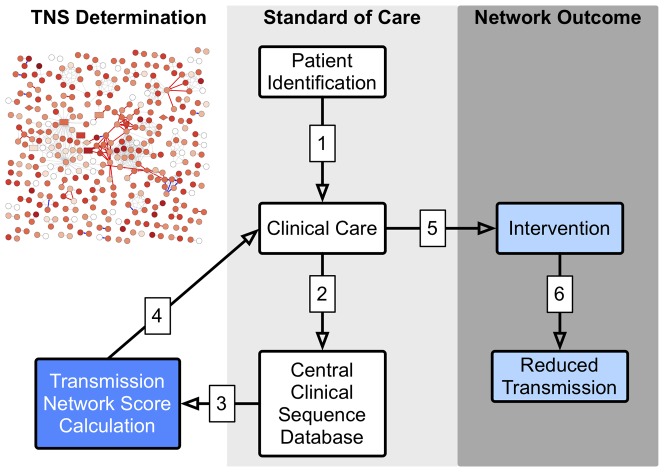Figure 3. Schematic of TNS Clinical Application and Outcomes.
The schematic illustrates in a step-by-step fashion (numbers 1-6), the application of TNS to clinical care and potential outcomes. The standard of clinical care for newly HIV diagnosed persons (1) includes baseline HIV pol sequence evaluation (2) to screen for ART drug resistance. With development of appropriate privacy preserving methods, these same data could be evaluated to determine a TNS (3). Feedback of TNS with drug resistance results (4), including an interpretation and description of potential limitations, could inform clinical care decisions (5). The opportunity to focus prevention intervention resources to those at greatest risk of subsequent HIV transmission could result in more efficient and effective use of these limited resources. Generalized use of these data within a transmission network is expected to reduce HIV transmission (6) to a greater degree than delivery of these same interventions provided at random (i.e., guided by traditional metrics of risk for disease progression and behavioral risk).

